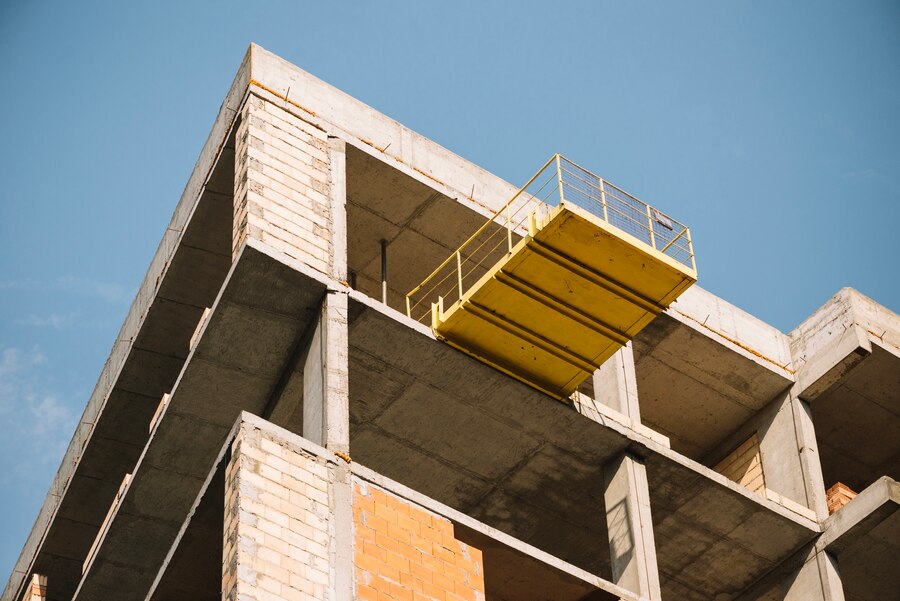Each season presents unique challenges to the health of your foundation. From the melting snow and rain of spring to the scorching summer heat, your foundation faces constant stress that can lead to serious problems if not addressed. Understanding how changing weather conditions affect your home’s stability is crucial for maintaining a safe and secure property.
With proper care and timely interventions, you can protect your foundation from potential damage year-round. Adapting to these seasonal changes will help prevent costly repairs and ensure your home remains strong and reliable for years.
Spring Foundation Risks
Spring brings warmer weather, but it also introduces risks to your foundation. As temperatures rise, melting snow can increase water levels around your home. Heavy rains typical of springtime add to the water load, causing the soil to become saturated. This excess moisture can lead to soil expansion, which puts pressure on your foundation walls and might cause them to crack or shift.
When soil absorbs more water, it expands, creating uneven pressure on the foundation. This may cause changes in the structure’s stability. You might notice signs like cracks in walls or ceilings, doors, and windows that stick, or uneven floors. Inspecting your home for these symptoms is essential to catch potential issues early in spring.
Additionally, watch for water pooling around your home’s foundation. This can lead to erosion and weaken the ground it sits on. To help manage this risk, ensure that gutters and downspouts function properly, guiding water away from the foundation. Regularly checking the drainage systems during this season can prevent water from seeping into the basement or crawl spaces, safeguarding your home’s structural integrity.
Summer Foundation Challenges
Summer heat can pose challenges to foundation stability. High temperatures can cause the soil to dry out and shrink, reducing the support it provides to the foundation. When the soil shrinks, gaps form, leading your foundation to settle unevenly, which can create stress and cause damage.
The effects of drought conditions also play a significant role. Extended periods of heat with little rainfall make the ground around your home even drier and more unstable. As the earth contracts, it can lead to cracks in the foundation and other structures of the house. Checking for signs of distress is crucial during the summer months to address problems before they escalate.
Some common signs of summer-time foundation problems include:
- New or growing cracks in walls or floors
- Gaps around window frames and doorways
- Sinking or settling porches and stoops
Regular watering of the soil around the foundation can help maintain soil moisture and stability to minimize damage. Installing a reliable irrigation system could be beneficial, especially in regions prone to long dry spells. Keeping the soil consistently moist helps prevent shrinkage and protect the foundation from summer challenges.
Fall Concerns for Foundations
When fall arrives, the climate transitions from wet to dry, posing unique challenges for home foundations. The shift can lead to changes in soil behavior around homes. The soil loses moisture as the rainy season tapers off, causing it to shrink. This can lead to settling and create gaps under the foundation, potentially leading to cracks.
Falling temperatures also impact how the soil behaves. Cold weather causes soil to contract, which can stress the foundation. Homeowners might notice doors and windows sticking or small cracks forming in walls as indicators of foundation changes. These signs highlight the importance of taking action before winter arrives.
To prepare for fall’s impact on foundations, conduct regular inspections and address any drainage issues to prevent water from pooling near your home. Consider installing proper drainage systems and checking gutter performance. This proactive approach safeguards foundations and ensures stability during the colder months ahead.
Wintertime Foundation Threats
Winter brings its own set of risks, largely due to frost heave and poor drainage. Frost heave occurs when the ground freezes and thaws repeatedly, causing the soil to push upwards. This can move parts of the foundation, resulting in cracks and misalignments. Addressing this before it becomes severe can save significant repair costs later.
Proper drainage is crucial during winter to avoid water accumulation around the foundation. Melting snow and ice can lead to water pooling, which eventually freezes and expands, intensifying frost heave effects. Ensuring the soil slopes away from your home helps direct water away, preventing it from becoming a threat.
To protect your foundation from cold weather, insulate pipes and seal any visible cracks to guard against frost penetration. These small steps provide an extra layer of security against the harsh winter climate, helping keep your home sound and secure through the cold months.
Conclusion
Each season brings unique risks to your foundation. It is important to be aware of these seasonal changes and how they affect your home. From soil expansion and increased moisture in spring to heat-related shrinkage in summer, transitioning conditions in fall, and frost heave in winter, foundations face numerous challenges. By understanding these threats and taking preventive actions, you can maintain a healthy foundation and avoid costly repairs.
Regular inspections and maintenance are key in identifying potential problems early. Address drainage issues, monitor soil conditions, and repair minor cracks before they escalate. These efforts contribute significantly to foundation stability, ensuring your home’s safety and longevity.
At Lift-Texas Construction, we help you protect your foundation year-round. Our team is ready to assist you with any need, whether you need expert advice or professional foundation repair. Contact us today to learn more about guarding your home’s foundation against seasonal threats and ensuring peace of mind for you and your family.

